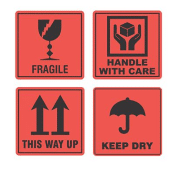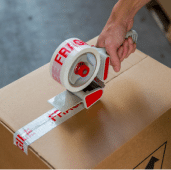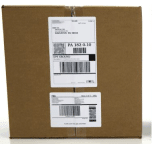

Helps in selection of appropriate size of boxes/flyers.

Optimize for the minimum strengt required fir box.

Helps in optimizing the cushioning.

Identifies the need for any special requirements for the protection.
Sturdy Box:
Packing Material:
Packing Tape:
Scissors:
Labels and Markers:
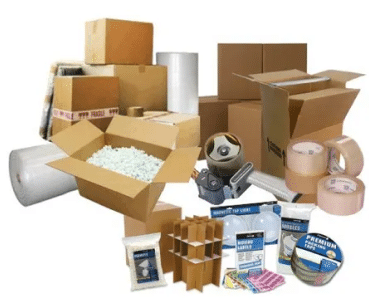


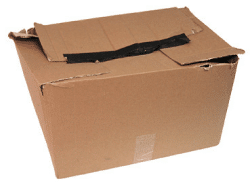

Wrap Fragile Items:
Secure Sharp Objects:
Protect Electronics:
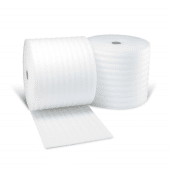

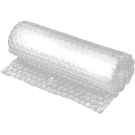

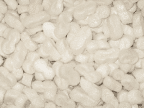
Layer the Bottom:
Arrange Items Securely:
Separate Layers:
Top Layer and Seal:
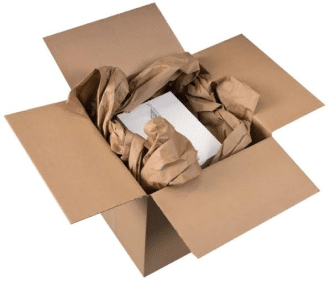
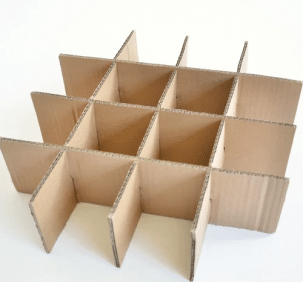
Material
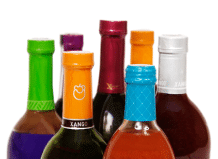

Seal the Box Securely:
Label the Box Clearly:
Include Documentation:
